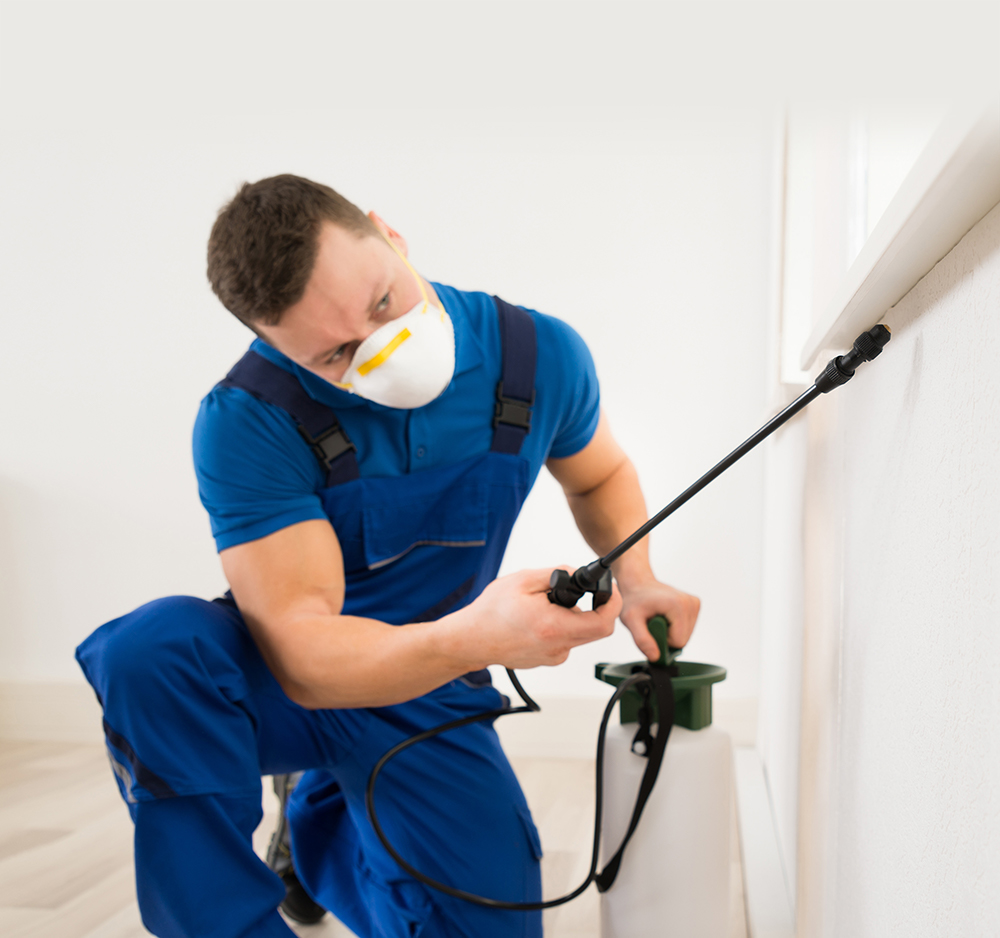Expert Insect Control Techniques for Long-Term Outcomes
In the world of insect control, attaining sustained efficacy and lasting results calls for a precise approach that goes beyond mere elimination. Expert pest control strategies encapsulate a thorough technique that starts with a thorough examination and evaluation, followed by specific insect recognition to understand their habits patterns. The implementation of Integrated Bug Management (IPM) principles, paired with eco-conscious therapies, creates the foundation of lasting pest elimination. The real examination lies in the continuous tracking and upkeep of the dealt with areas, ensuring a pest-free setting for the foreseeable future. By delving into the ins and outs of these strategies, a deeper understanding of expert parasite control methods for withstanding results arises.
Assessment and Evaluation
Upon going into a residential or commercial property for insect control solutions, the initial action is a complete assessment and evaluation to determine the level of the problem and identify one of the most reliable therapy strategy. Expert bug control service technicians are educated to diligently analyze the facilities, trying to find indications of pest task such as droppings, munch marks, nests, or any kind of structural damage. They will also assess the problems that may be attracting parasites, such as food resources, water leaks, or entrance points.

Bug Identification and Behavior

In addition, comprehending the actions of the determined pest is key to applying effective control actions. Understanding where insects nest, what they feed on, and their activity patterns can help pest control experts develop approaches to eliminate them successfully.
Integrated Bug Management (IPM)
Integrated Bug Management (IPM) approaches combine numerous techniques to manage and prevent bug problems in a sustainable and ecologically friendly way. Exterminator DC. By integrating techniques such as organic control, habitat control, alteration of cultural practices, and using immune ranges, IPM intends to reduce using chemical pesticides
Among the vital principles of IPM is the emphasis on prevention. This proactive method involves monitoring bug populations on a regular basis to spot any type of possible concerns before they escalate. By identifying insect issues beforehand, pest control steps can be carried out promptly and efficiently.
Moreover, IPM advertises using safe parasite control approaches whenever possible. This can consist of utilizing all-natural killers of the parasites, presenting beneficial insects, or using pheromones to interrupt breeding patterns. By minimizing dependence on chemical pesticides, IPM not just secures the atmosphere however also helps maintain an equilibrium in the environment.
Environmentally-Friendly Therapies
Implementing eco-conscious strategies in parasite control treatments can properly resolve infestations while focusing on ecological sustainability. Environmentally-friendly treatments concentrate on minimizing the influence of bug control methods on ecological communities, non-target organisms, useful content and human wellness. These methods frequently include the use of all-natural killers, such as ladybugs or nematodes, to manage pest populaces, minimizing the need for chemical treatments. In addition, methods like habitat adjustment, such as readjusting wetness degrees or eliminating food sources, can aid prevent bugs without using hazardous substances.
Another secret aspect of environmentally-friendly therapies is making use of natural and naturally degradable products that break down quickly without leaving hazardous residues in the atmosphere. Herb pesticides derived from plants like chrysanthemums or neem offer effective insect control while positioning very little threat to non-target species. Using methods like warm therapies or scent catches can target particular bugs with accuracy, minimizing the overall ecological impact of insect control techniques.
Ongoing Tracking and Upkeep
Regular surveillance and upkeep are vital elements of effective insect control administration. Continuous surveillance plays an essential role in guaranteeing that bug invasions are found very early and managed promptly. Regular inspections by trained professionals are necessary to recognize any kind of indicators of pest task, analyze the effectiveness of previous treatments, and make adjustments to the parasite control strategy as needed. By keeping an eye on bug populations over time, pest control professionals can track trends, anticipate possible problems, and execute preventive actions to decrease the threat of future invasions.
In addition to tracking, upkeep practices are important for lasting pest control success. This includes applying appropriate hygiene procedures to get rid of possible food and water sources for parasites, securing off entry factors to prevent parasites from going into the properties, and dealing try here with any type of structural problems that might promote bug problems (bed bug treatment). By integrating continuous tracking and upkeep right into an integrated bug administration method, companies can ensure a pest-free environment and protect their building versus pricey damages and health and wellness dangers
Final Thought
To conclude, making use of specialist bug control methods such as thorough examination and analysis, exact bug identification and click to find out more understanding of their habits, integrated pest monitoring approaches, environmentally-friendly therapies, and ongoing monitoring and upkeep are essential for attaining long-lasting cause pest control. By carrying out these methods, people can efficiently manage pest problems and preserve a pest-free atmosphere in a sustainable fashion.